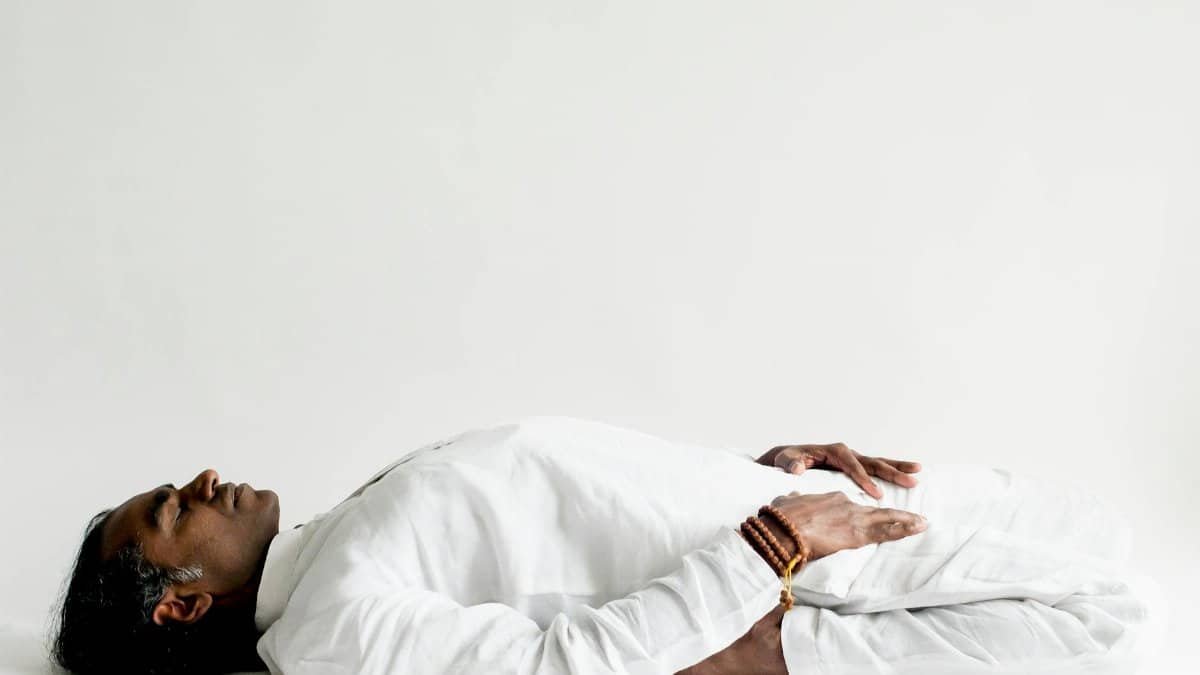New data shows that 68% of nurses report chronic fatigue, but a rising number are turning to healing calm breathwork to reclaim their energy. According to a recent survey by the American Nurses Association, over half of those practicing mindful breathing techniques see improved stamina within weeks. This simple yet powerful method is gaining traction in high-stress healthcare environments, offering a quick way to combat burnout without relying on caffeine or quick fixes. As hospitals grapple with staffing shortages in 2025, such practices could be key to keeping the workforce energized and focused.
What Is Healing Calm Breathwork?

Healing calm breathwork involves intentional breathing exercises designed to promote relaxation and restore energy. It’s a form of meditation that focuses on slow, deep inhales and exhales to activate the body’s parasympathetic nervous system. For nurses juggling long shifts and emotional demands, this technique provides an accessible tool to reset amid chaos. Unlike traditional meditation, it emphasizes rhythmic patterns that can be done in just a few minutes, making it ideal for break rooms or even during commutes.
Why Nurses Struggle with Low Energy

Nurses often face 12-hour shifts, irregular sleep, and high emotional tolls from patient care. A study from the National Institutes of Health highlights how shift work disrupts circadian rhythms, leading to persistent fatigue. In 2025, with ongoing healthcare demands post-pandemic, many report feeling drained before their day even starts. This low energy not only affects performance but also increases error risks in critical settings like emergency rooms.
How Breathwork Boosts Energy Levels

By oxygenating the blood and reducing stress hormones like cortisol, breathwork helps nurses feel more alert. Practitioners note a quick surge in mental clarity after sessions. Research from Harvard Medical School supports this, showing that controlled breathing enhances mitochondrial function, essentially recharging cells. For nurses, incorporating short bursts during shifts can prevent the mid-afternoon slump that plagues so many in the profession.
Real-Life Benefits for Healthcare Workers

Take Maria Lopez, a registered nurse in New York City, who started breathwork after hitting burnout. “It changed everything,” she says. “I used to drag through my shifts, but now I have steady energy.” Stories like hers are common, with programs in hospitals like Johns Hopkins integrating these practices. Data from a NIH study on mindfulness in healthcare confirms reduced fatigue among participants, leading to better patient outcomes.
Simple Techniques to Get Started

Begin with the 4-7-8 method: Inhale for four seconds, hold for seven, exhale for eight. Nurses can practice this seated or standing, fitting it into brief pauses. Apps and online guides make it easy, but consistency is key. Start with five minutes daily, building up as comfort grows. This approach requires no equipment, perfect for busy professionals seeking quick relief.
Overcoming Common Challenges

Many nurses doubt they have time for breathwork, but even micro-sessions work wonders. Distractions in noisy environments pose issues, yet focusing on breath anchors the mind. Skeptics might dismiss it as trendy, but evidence from the CDC’s healthcare worker wellness resources shows measurable improvements in energy and mood. Persistence pays off, turning skeptics into advocates.
Integrating Breathwork into Daily Routines

For nurses, weaving breathwork into pre-shift rituals or post-work wind-downs maximizes benefits. Some teams hold group sessions to build camaraderie and collective calm. In 2025, with telehealth expanding, virtual classes offer flexibility. Hospitals adopting wellness initiatives report lower turnover, proving that small habits like this can sustain long-term energy in demanding roles.
Potential Drawbacks and Considerations

While effective, breathwork isn’t a cure-all. Those with respiratory issues should consult doctors first. Overdoing it can cause dizziness initially, so ease in. Not every nurse will respond the same, but combining it with sleep hygiene and nutrition amplifies results. Experts recommend tracking progress to adjust as needed, ensuring it fits individual lifestyles.
Broader Impact on Nursing Wellness

As nursing shortages persist into 2025, tools like healing calm breathwork could transform workplace culture. Unions and health organizations push for mandated wellness breaks, recognizing fatigue’s role in errors. By prioritizing such practices, the industry not only boosts energy but also enhances job satisfaction, ultimately benefiting patient care nationwide.
